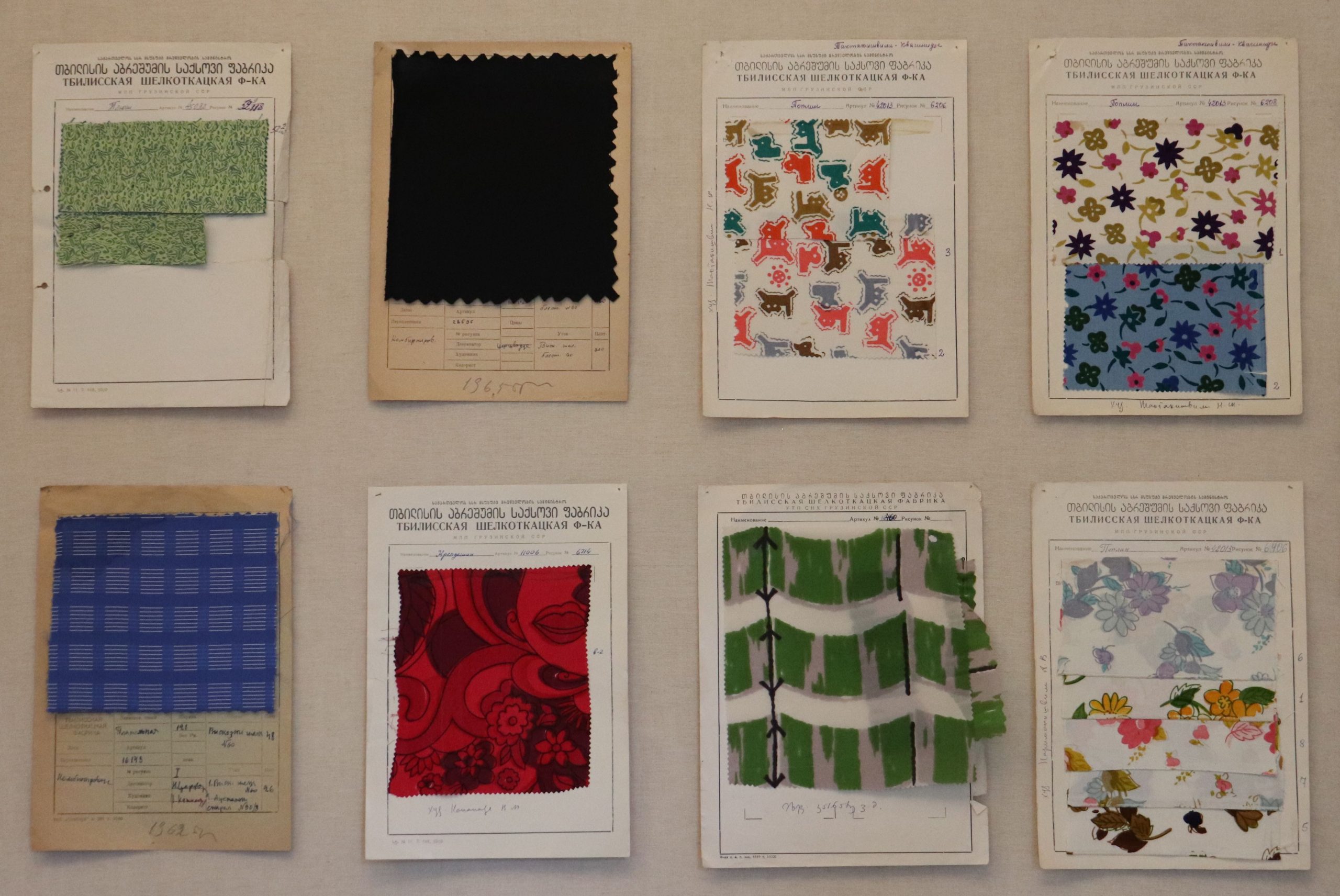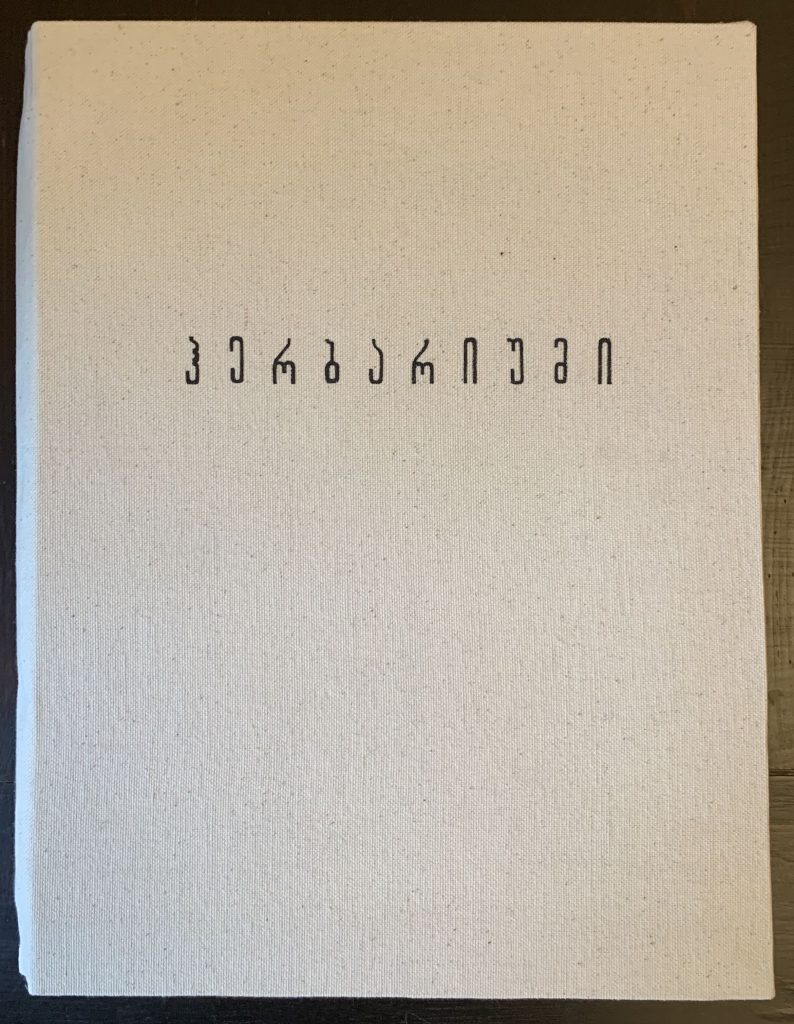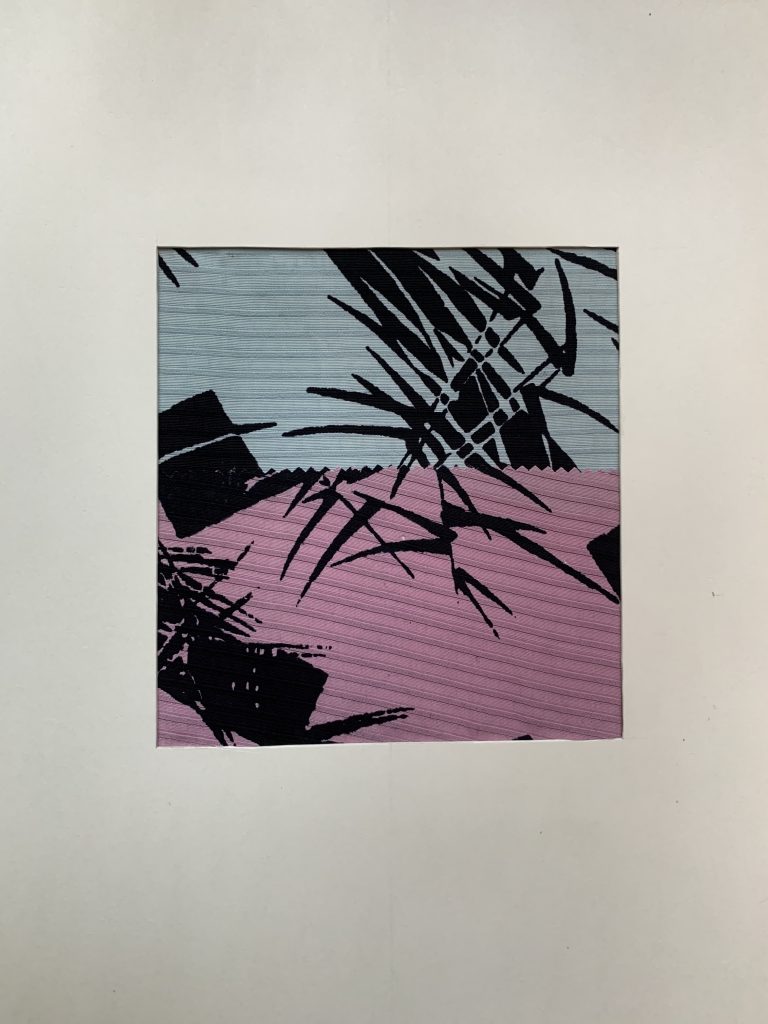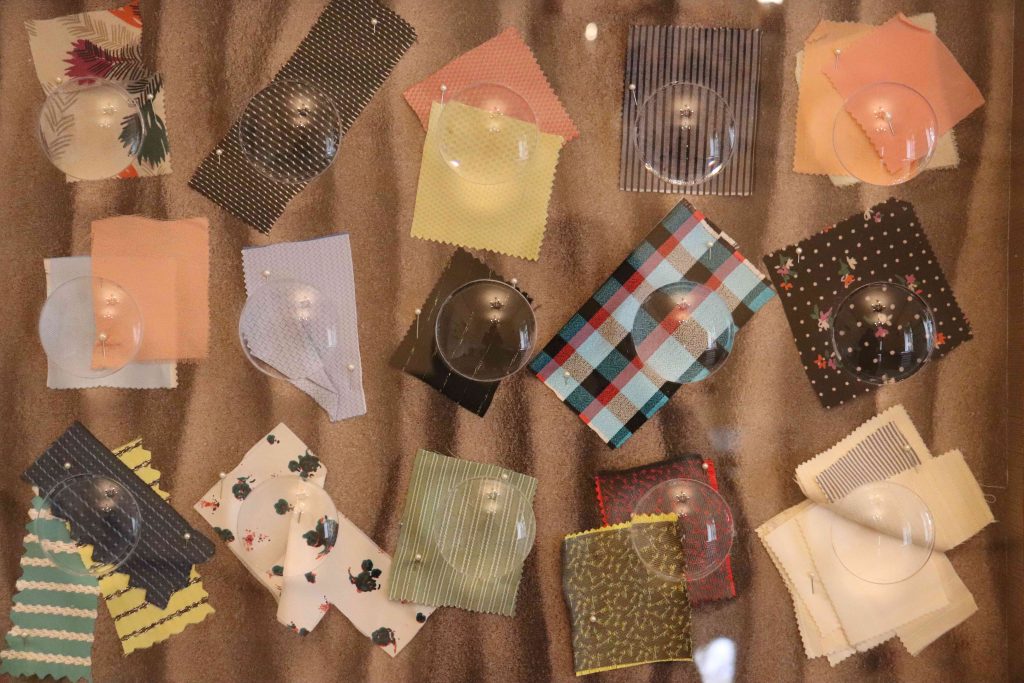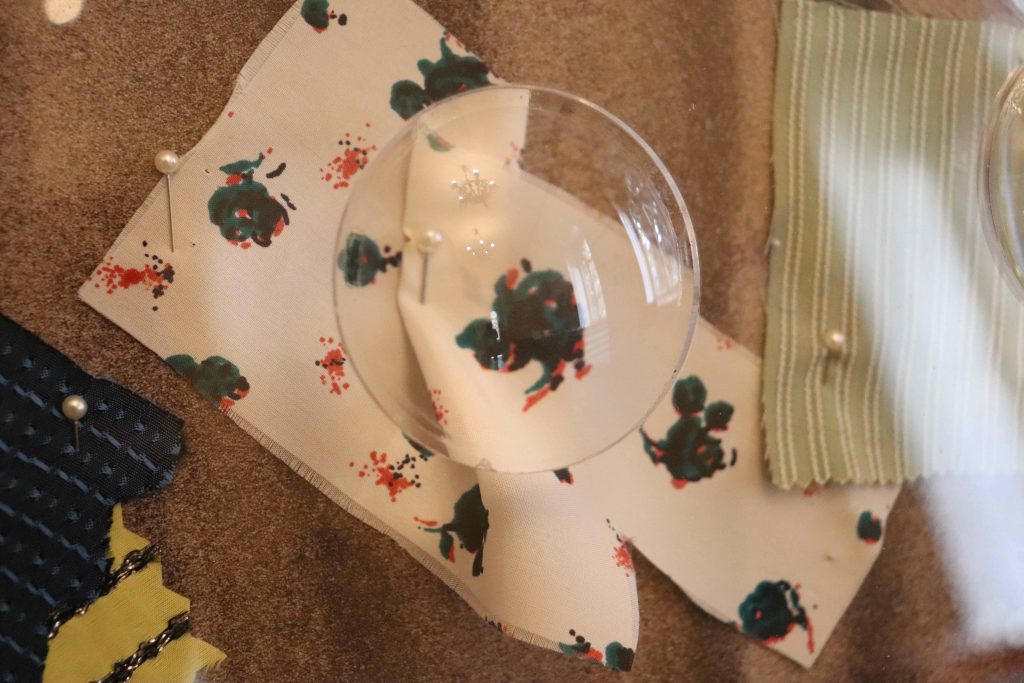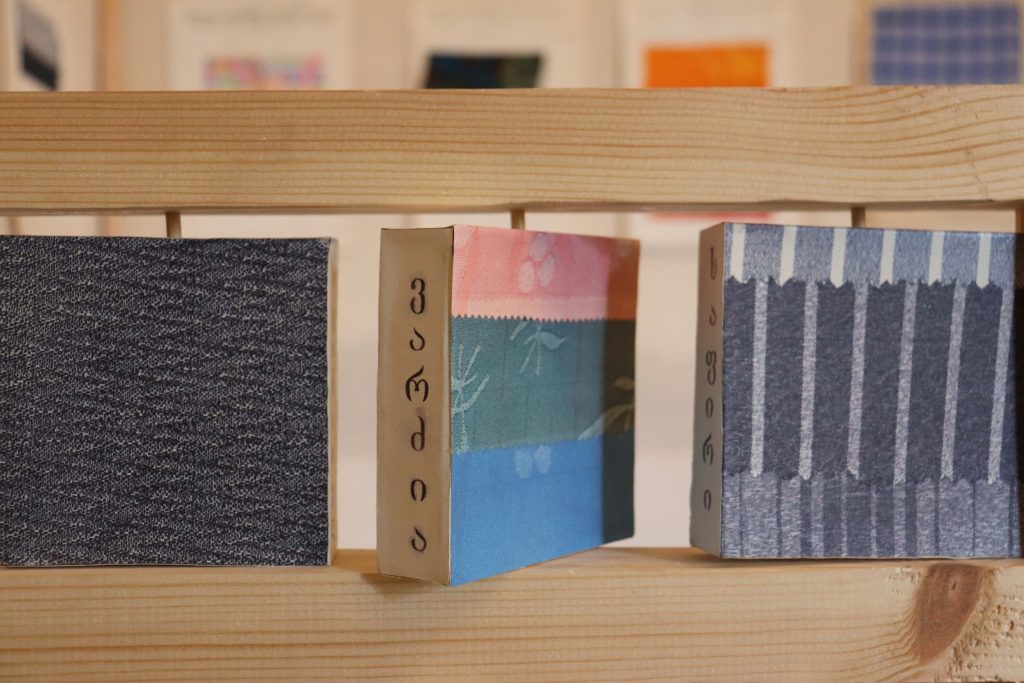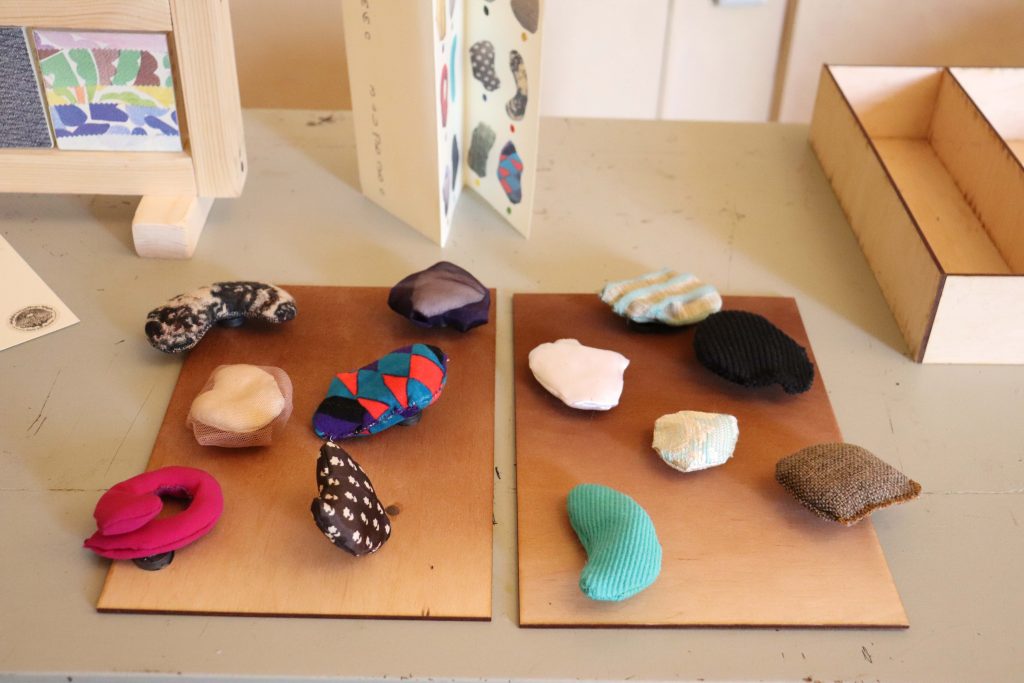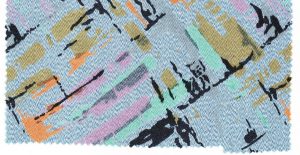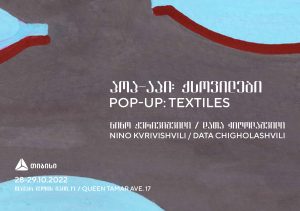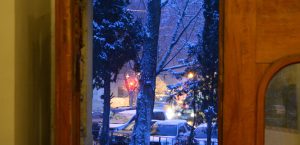In autumn 2020, with the support of CEC ArtsLink’s Art Prospect program, the State Silk Museum implemented a “support residency” and a collaborative project. In the framework of this initiative, the museum worked together with invited artists and curators based in Georgia. The main theme of the project concerned the topics of archives and collections while working during the time of the pandemic. In this process, particular attention was paid to the museum’s material about the Soviet-era textiles produced at Tbilisi Silk Weaving Factory. Together with working on individual artistic and curatorial ideas, some of the participants also developed new forms for the museum exposition. What information does the textile of the previous century convey? How can we discuss motifs, textiles, and their tactility? Four artworks were created by analyzing these themes, where the authors’ different perspectives present informational and visual layers of the Soviet-time silk collection.
Herbarium
Nino Zirakashvili
Mostly working through the media of textile, artist Nino Zirakashvili created a handmade album called “Herbarium.” It is the second work that she made in the form of an artist’s book in collaboration with the Silk Museum while rethinking the collection through her personal approach. “Herbarium” is a museum album that contains Soviet-time textiles with floral and plant patterns. It is a visual selection of samples that were forming the style of the Soviet textile production through such motifs. By subtly selecting or complementing textiles, presenting them in a neutral frame, “Herbarium” invites spectators to observe and enjoy their esthetic. At the same time, it makes us think about collective labor, which had a very active form not so long time ago. Besides being associated with flora, “Herbarium” is also a concealed statement, more precisely an artistic position that reminds the viewer about the information deposited, forgotten in the collective memory of the near past.
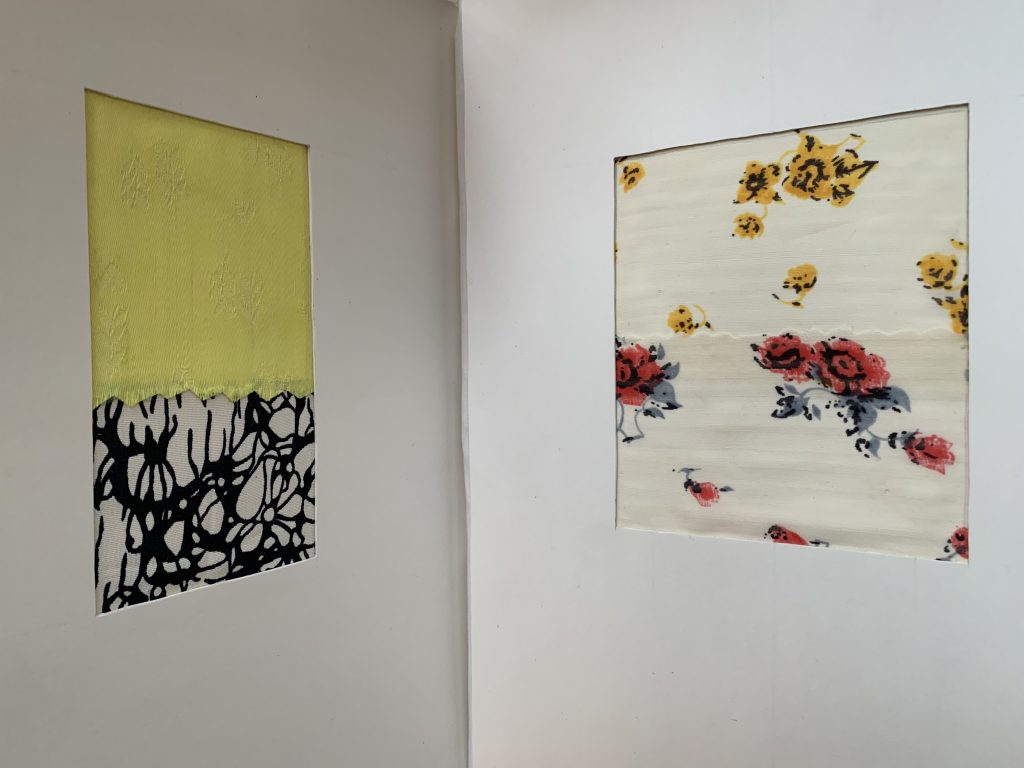
Vitrine
Sandro Sulaberidze in collaboration with Ninutsa Shatberashvili
A collaborative work by Sandro Sulaberidze and Ninutsa Shatberashvili is an alternative way of presenting visual information about silk inside a museum box. Under optical lenses, artists made a collage from leftover pieces of samples from the industrial textile collection. With this form, they visually replicated the transitional state of archiving. Chaos, as a form of order, spreads out as an intuitional scheme in front of a spectator, and through magnifying lenses emphasizes the collection’s part that is left beyond classification and inventory. Pieces in different shapes are visual commentaries without a context, which makes us think about an alternative view on presenting museum objects. When observing fragmented leftover textile pieces inside the vitrine, we start thinking about the conditionality of a classical museum research and selection – questions emerge about what should endure time, what should receive the status and number of a museum item? In this process of observation, this form of collage is also like a “third eye.” Through this authors invite spectators to intensify their vision for discovering details and thinking about them.
Memory and Sensory Games About Textiles
Tamar Botchorishvili and Naili Vakhania
Collaborations of Tamar Botchorisvhili and Naili Vakhania are often based on an interactive model and present artworks through the form of games. Inspired by the tactility and the design of textiles, this time the artists created sensory and memory games. The idea of both games is based on the material available at the museum. They try to provide information about industrial textiles through entertaining and cognitive forms. Art as communication and interaction is based on spectators’ direct participation and creative ways of providing information.
The memory game is based on the principle of such games and consists of 12 moving pieces. In this case, it implies remembering and finding textiles with identical designs. Together with the visual side, the work underlines the names of industrial fabrics (Vardzia, Tsitsinatela, Dariali, Vazha, etc.). The etymology also responds to the source of inspiration that the textile artists of that time had.
In the sensory game, a participant learns about the textiles by touching them. Tamar Botchorishvili and Naili Vakhania created handmade pillows with different types of material. By touching them, the player-spectator is involved in a physical observation to identify specific types of fabrics. Both works involve playing to learn about these materials, their diverse structure and typology, and share information with spectators about the industrial textiles.
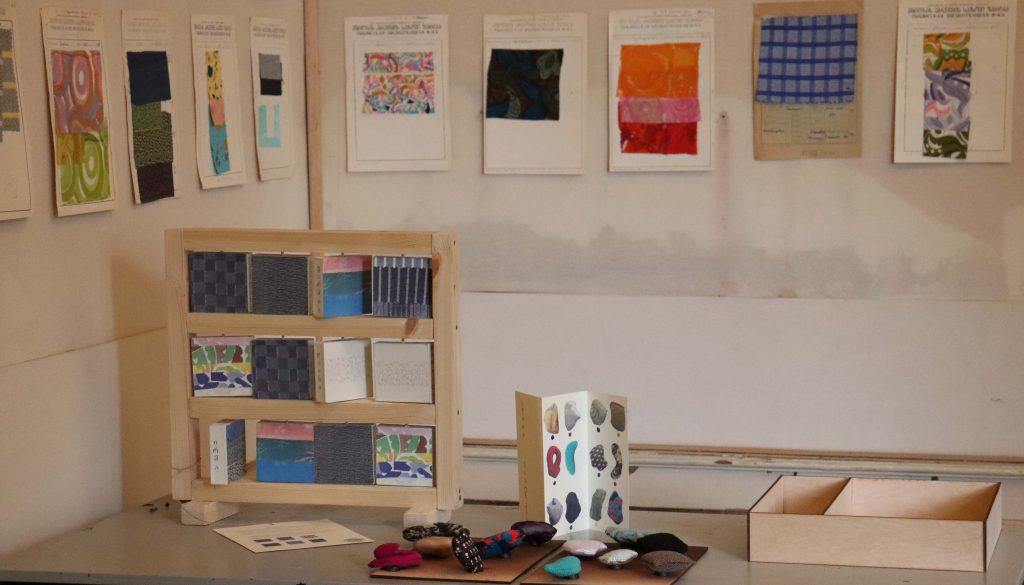
While responding to the general theme of the project, the above-mentioned works create artistic forms of presenting the textiles, and at the same time make us think about art and culture in physical and virtual spaces. As the pandemic of 2020 caused distancing and moving art activities mostly in the online space, the research and projects developed during the residency program highlight the importance of physically seeing/accessing material and artworks, co-participation of a visitor, and the need to return to the real space.
Author: Mariam Shergelashvili
Research and production in the framework of the support residency program “Outside the Cocoon: How to Present Art Publicly During the Pandemic?”
Support for this program is provided by the State Silk Museum through a grant from CEC ArtsLink’s Art Prospect program.

